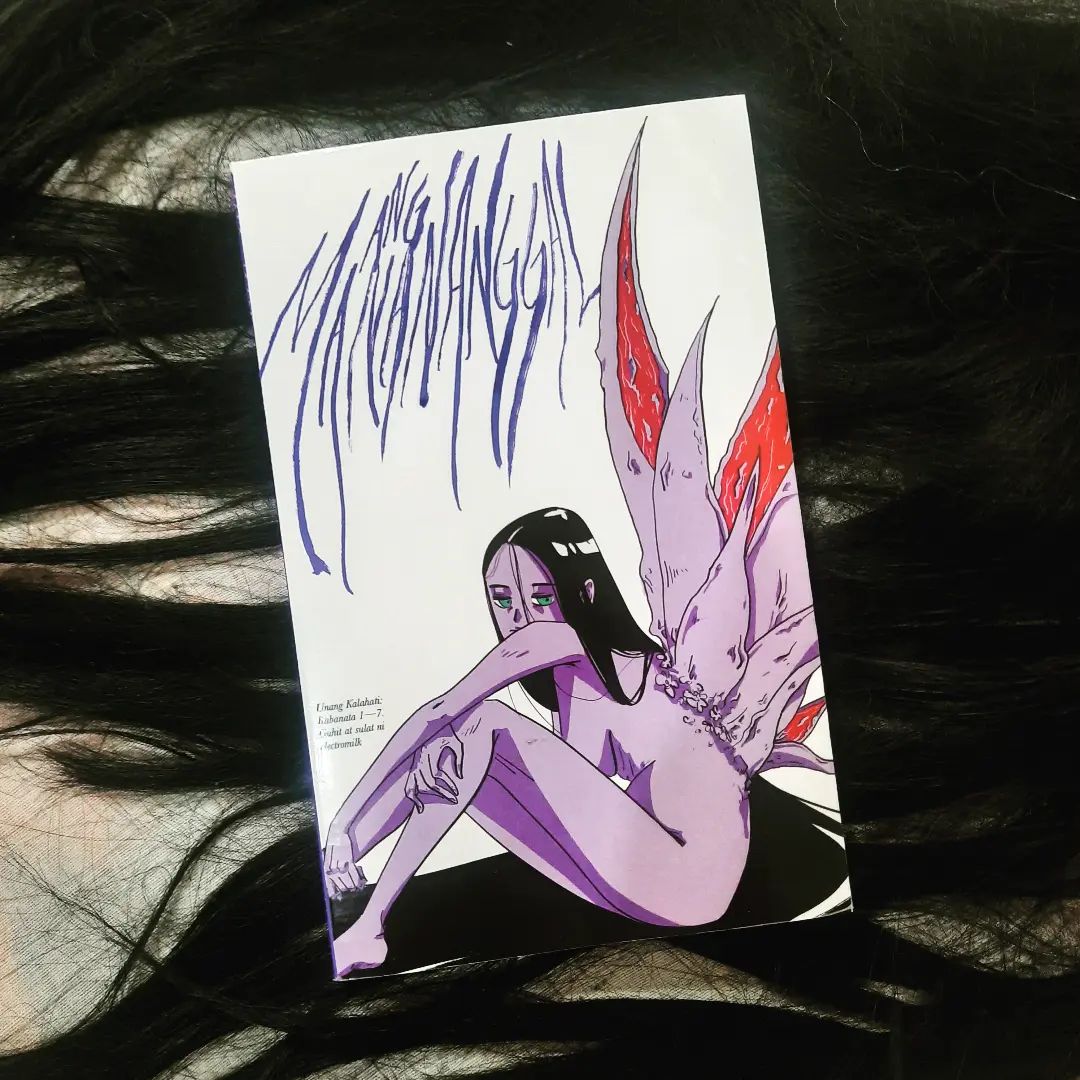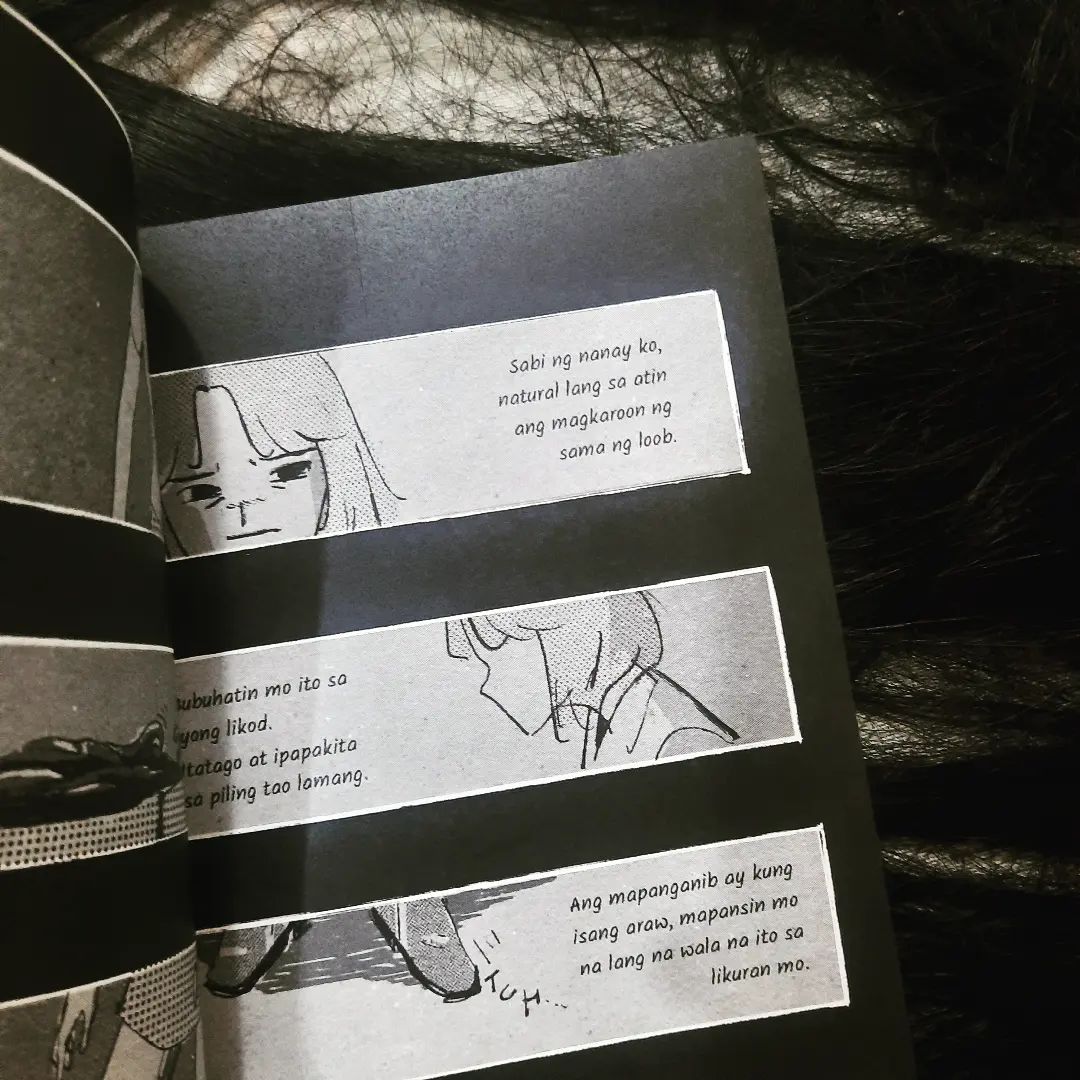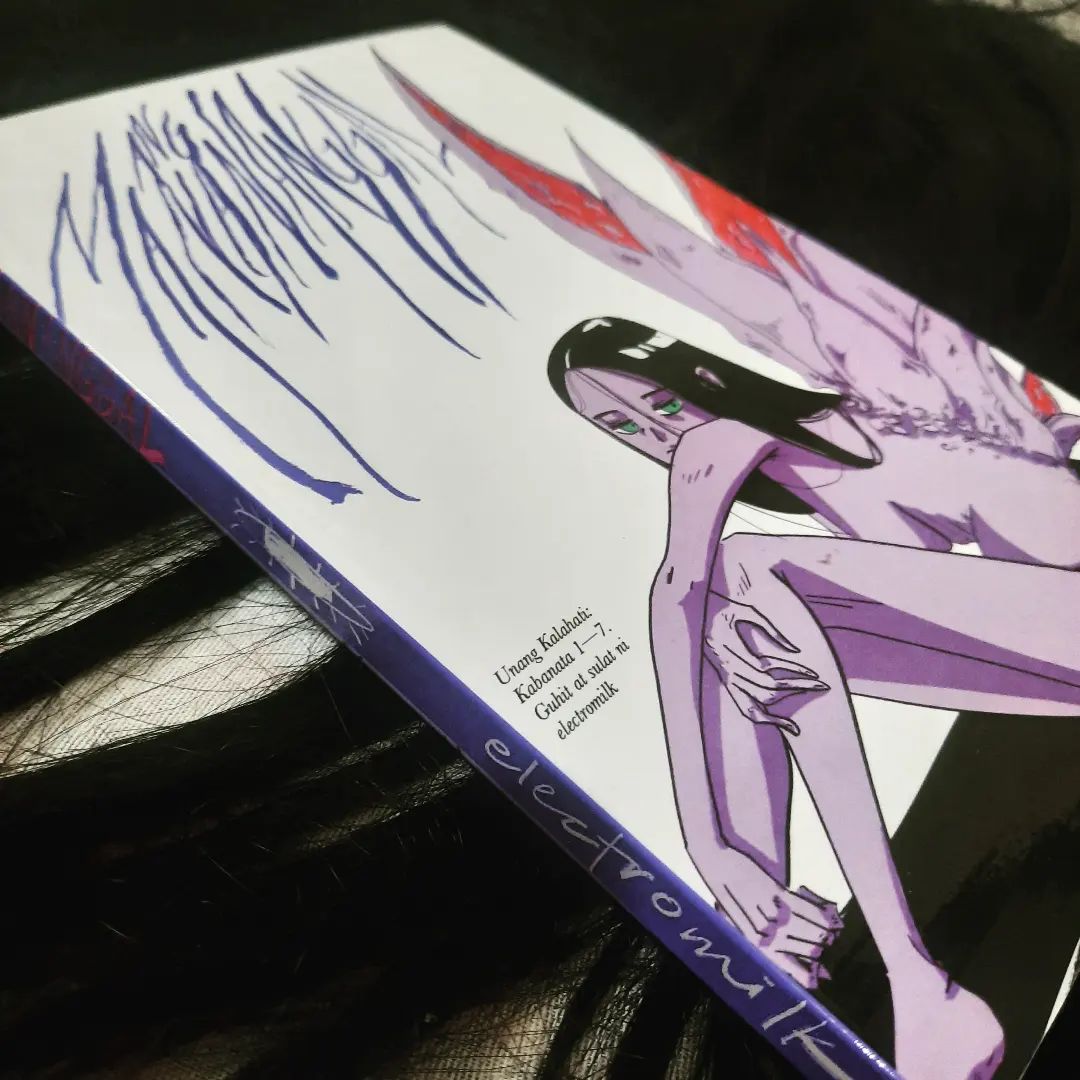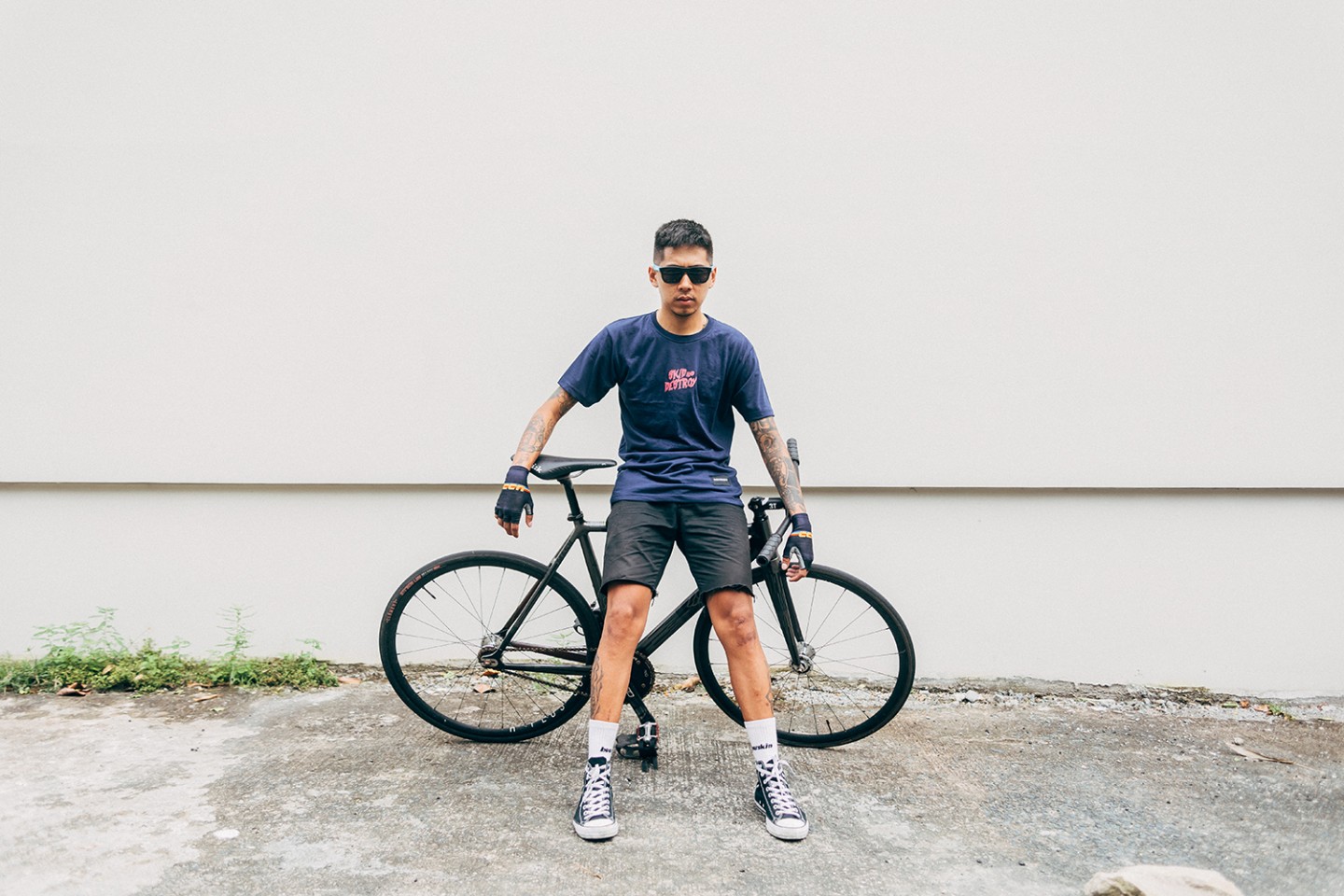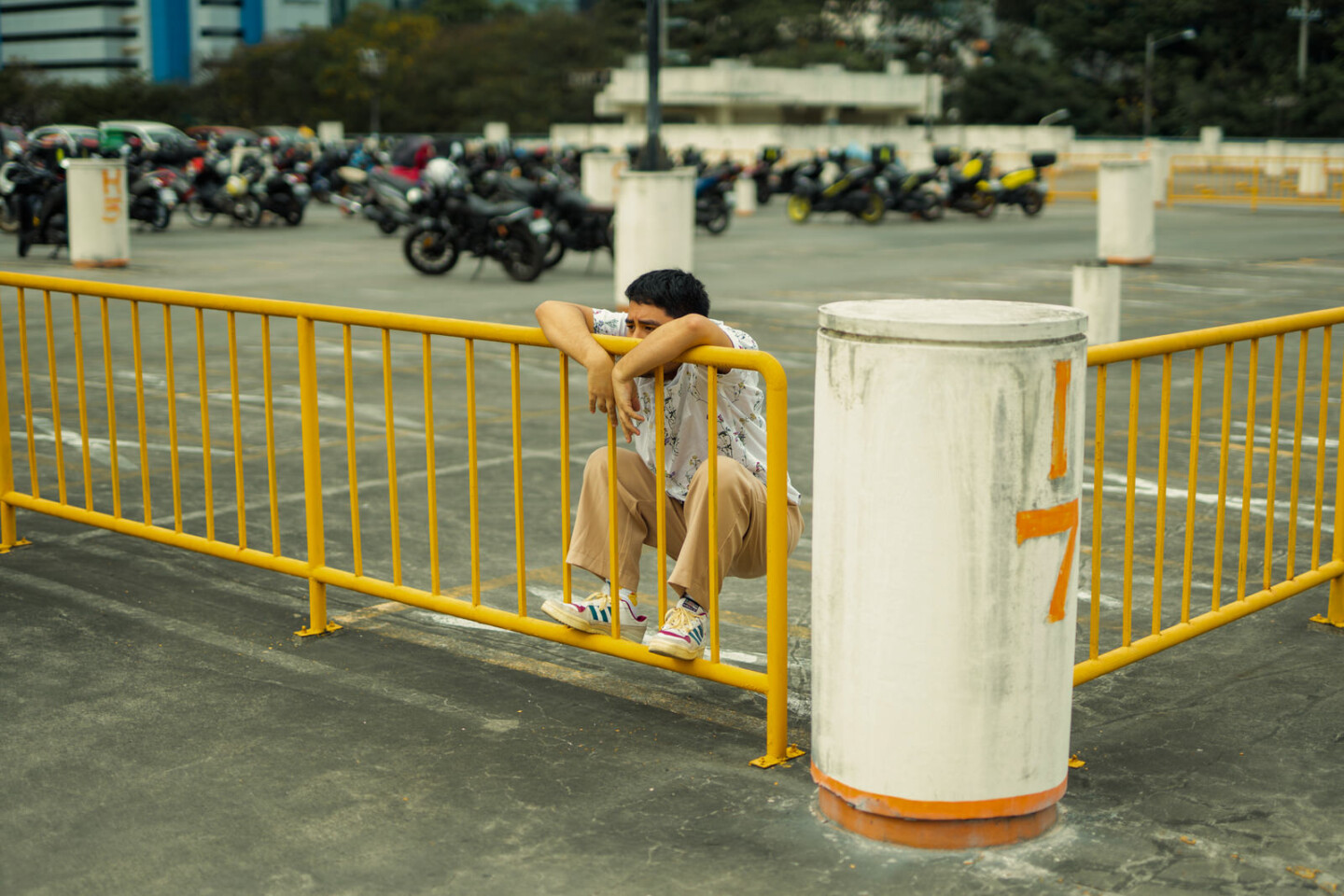
Electromilk is as intriguing a creative as his artist’s name. Though he says the story behind his name is a boring one – a random portmanteau between two things – there’s something to be said about an artist so confident in his identity and artistic idiosyncrasies. This reflects in a craft that’s quiet and personal, and one that carries a lingering sense of horror.
Shin, otherwise known as Electromilk, is a comic artist and writer from Laguna. He additionally teaches high school English as a day job. His creative energy is mostly poured into his comics, from one-off shorts to his ongoing series Ang Manananggal on Penlab. The series tells the story of Anna, a high school student who suddenly finds herself in an uneasy situation when her newest classmate Agatha looks suspiciously like something that’s been haunting her dreams.
We caught up with Electromilk at the AFK Book Fair last September 2022 (images are from Komiket last January 2023) to talk about all things horror, Ang Manananggal, and the nature of his line of creative work.
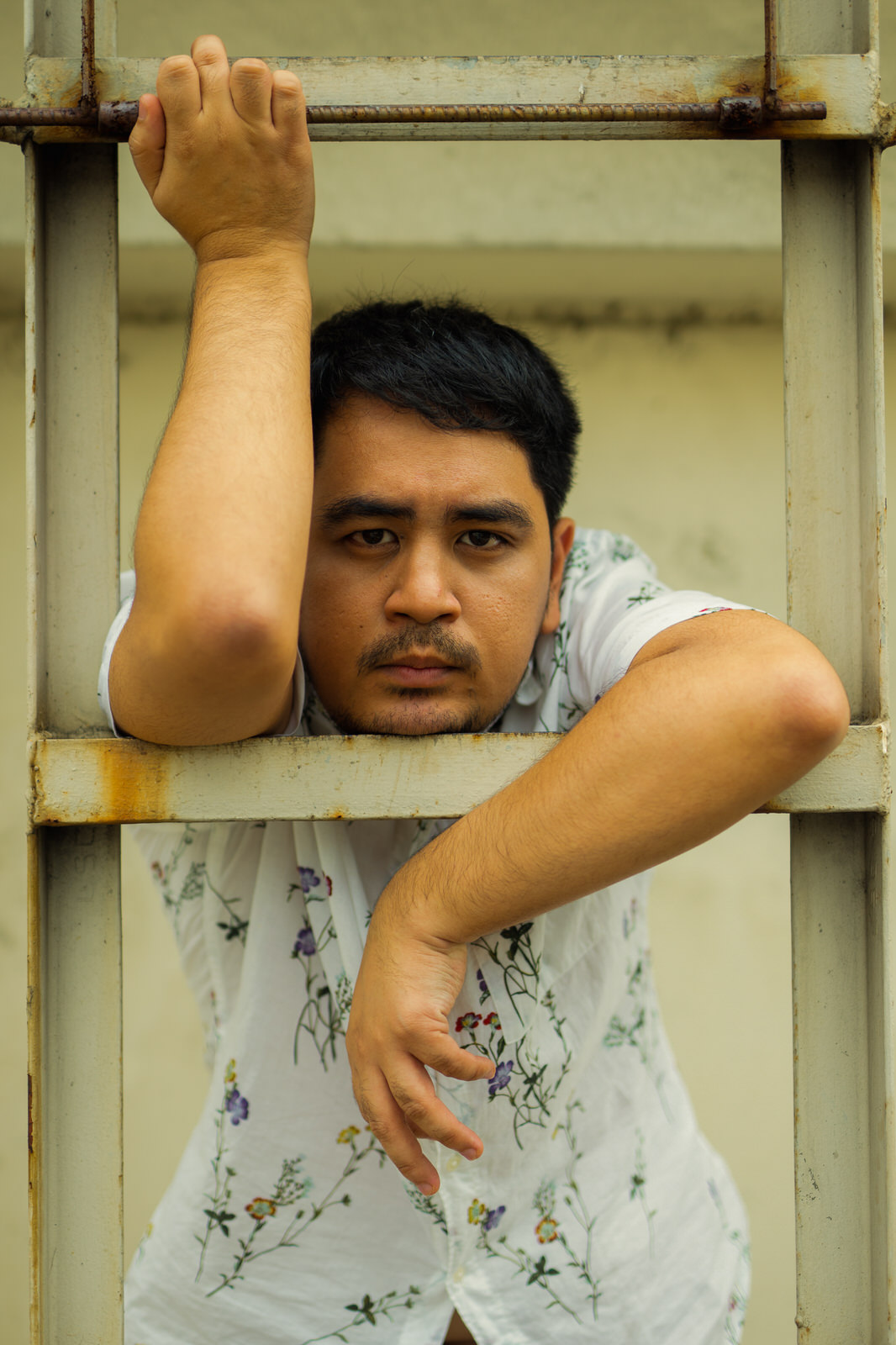
What’s scary for you? Through your perspective as an artist or writer – if that does influence things – what do you find scary?
When you make art and put it out there, you kind of connect with other people. You realize maybe you’re not alone in your suffering. So I guess what’s scary is when you realize that you’re really alone on a more spiritual level. Or no one’s hearing what you have to say or no one can relate to you. I think that’s the most terrifying thing because for the most part, even when we’re suffering, when we find out other people experience that, too, there’s comfort in that.
And what about verging on the supernatural? Or something more tangible. For example, I’m afraid of the deep sea. What scares you or maybe inspires you as a writer in that way?
I get what you mean about the deep sea. I guess the unknown. But I think the kind of unknown that scares me more is the unknown that is close to you. Like, I’m also afraid of what we don’t know about the ocean or what’s in outer space. But more on a relationship level, like if you really don’t know the motivations of people around you, or not really knowing when someone close to you has an evil plan or something evil in mind. I think that’s a more exciting fear.
And do you find that that fear in a way, as a horror writer, excites you and prompts you to make a story out of it?
Yeah, definitely. I have this super weird paranoia. When I drink coffee in the morning, what if I’m drinking and suddenly there’s a dead mouse in it or a cockroach? And of course that’s unlikely to happen because I made the coffee myself. But I get those senseless fears like that. Or what if I’m searching through my bag and there’s a cutter and I slice a finger in half? And yeah, that’s kind of what I like to touch on. When I make comics or comic strips, I always ask myself, what is something present in the back of our minds that I can foreground or put forward? Maybe we don’t talk about it, but we all know it’s there, or we all know that it’s actually present.
So where did the idea for Ang Manananggal come from?
It honestly started as just a desire to tell a horror story. I wanted to write something scary because I love horror so much. And then I thought of the manananggal (vampire-like creature in Philippine folklore), first of all, it’s very pretty. And I feel like compared to other figures in our folklore, there’s a lot of metaphors unexplored there yet. So I thought, what if it wasn’t a physical manananggal? What could it be metaphorically?
Your art style has a minimalist, bare bones kind of feel. And I think it’s viscerality lends itself well to horror in a way. Is that something you consciously thought of while creating the comic?
In Ang Manananggal, I tried to really balance minimal images and details, like background details. I feel like horror is most effective when you ground it in the real. Because if you don’t get it in the real and familiar, the unfamiliar will not shine. If everything is weird or scary from the start, it’s fantasy. It won’t scare you anymore.
I think it was this Japanese artist Kazuo Omezu and Junji Ito who pointed out, in horror, you almost have to try to make it style-less. You have to make it look as ordinary as possible. So when you put in the weird, it pops out of the page. Because if every page is glamorous, you still need a surprise and the weird shit.
I’m also scared of spiders. But sometimes I have these weird moments where I look up images of spiders. What do you think it is about people where they have these fears they don’t want to face, but in a way, it also kind of intrigues them?
There’s this psychological phenomenon where when you hear a sound, the first thing you will assume is it’ll be the thing you’re afraid of. If you’re afraid of spiders, if you feel a touch, in your mind, your first thought is, “Is that a spider?” So in a way, we’re really drawn to it, I think, right? That’s true. We’re really drawn to or obsessed with our fear.
I think that’s why horror is never nakakasawa. Because it’s like–I think a Tumblr post mentioned this–horror is like spicy food. It’s not comfortable; it’s not good. But you look for it. Like rollercoasters. You go there for the discomfort of it. This sounds pretentious, but I think we go to horror to feel alive. When we have to scream or when we can’t stay still in our seats, we’re alive, right? We look forward to being taken out of our comfort zone. Horror is like the portable version of that. That’s how I see it. I need it in my life.
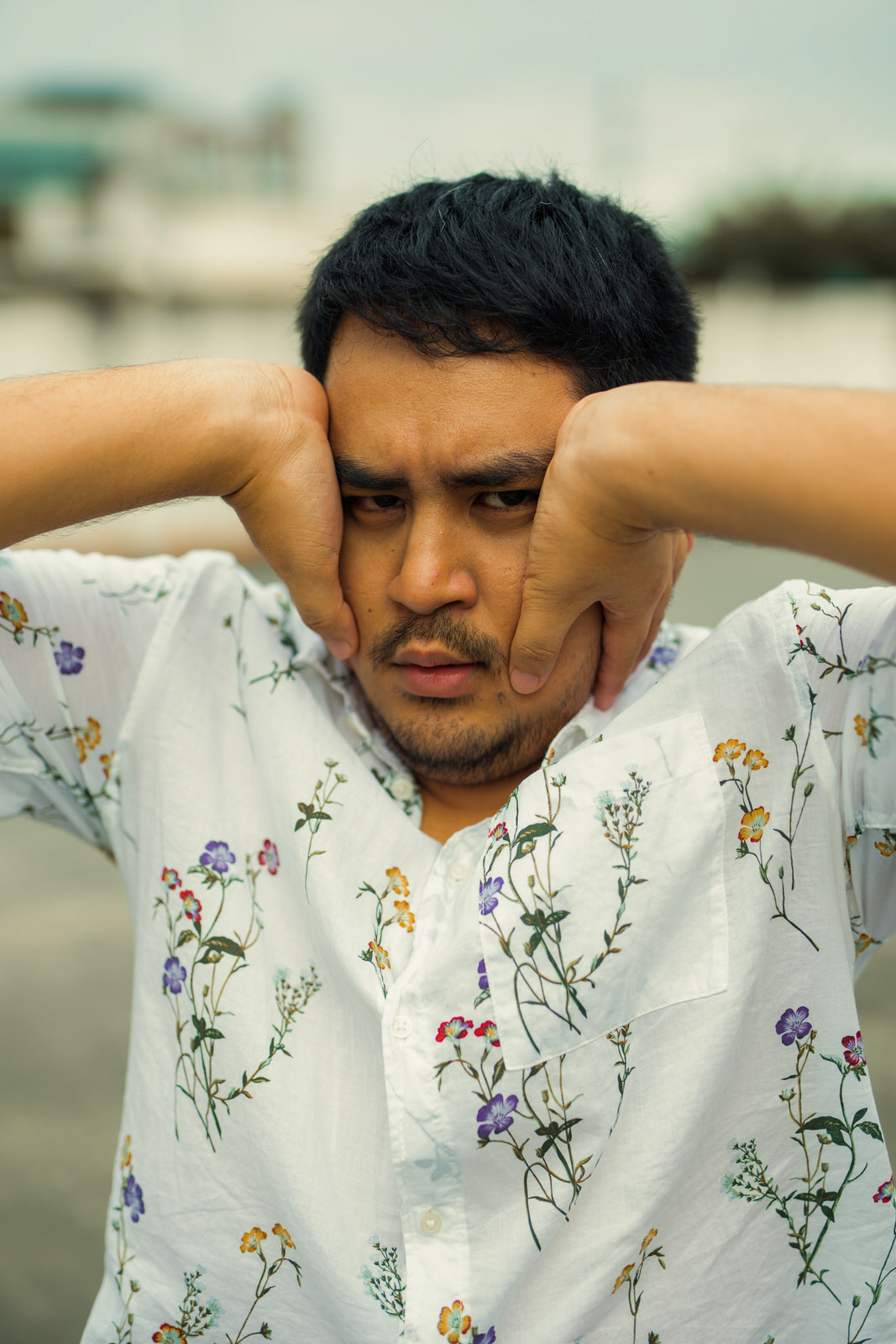
In Ang Manananggal, I like how the internal monologue of Anna feels kind of separate from the dialogue of the rest of the story. It feels immersive for me as a reader. So when there’s those moments that jump out at you, it feels all the more jarring. How important is internal monologue for you as a writer, particularly for horror?
When I was plotting things out, it was really just the baseline story, dialogues, and scenes. And then when I was starting page one with the running scene, I thought it was practical that the reader will go through this super fast if I don’t put words. So maybe I should put dialogue to pace them. So it’s utilitarian, number one, putting up internal dialogue.
But then, later on, it became a tool. The book became divided into two halves: what’s happening and how Anna perceives what’s happening. It created two kinds of horror: the horror that is external, that is unfamiliar to you; and the horror that is inside your head, the horror of anxiety and insecurity and stress.
I guess I got to use it as well to cover more bases, where, now we get to talk about mental health, now we get to talk about what it really is like for a teenager. Because I feel like a lot of media about teenagers want them to be pretty. But then when you think about it, from the point of view of a teenager, what she’s going through is not literary evil. What she’s going through is shitty and not cute. And most media, like Sex Education, Euphoria – it’s the point of view of a grown-up, right? So it’s easy for them to glamorize things. Like, it’s okay if they’re sad, because they look good anyway. So I guess I was really trying to put my head in the point of view of a teenager, because I also teach them in real life. So I feel like I get them in that way.
There’s physical horror, but then there’s the internal, which is always more terrifying. Because as it says in the book, you can veer your eyes away from what you don’t want to see. But what about what’s in your mind, right? You can’t really run away from that.
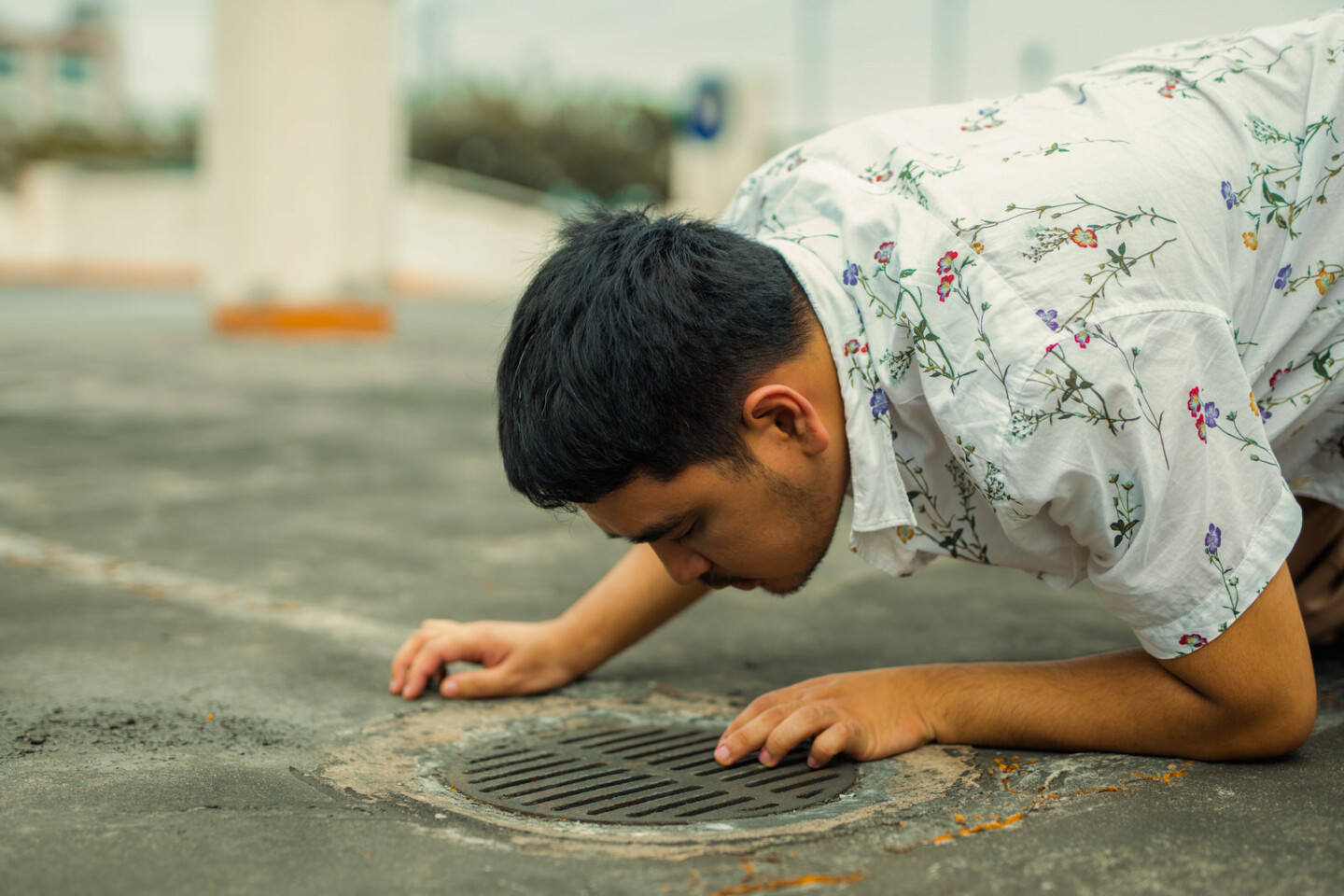
So, how do you draw a balance between the scary that we see and the scary that we think about?
I think that’s the fun thing about it. Because in a way, if it’s comics, there’s a dance between the language and the imagery. So I think the distinction between them really needs that instinct or gut. Murakami said you really need a palette for it. Because you can’t really strategize everything. In horror, what I always think is, “Ako ba, matatakot ba ako dito?“
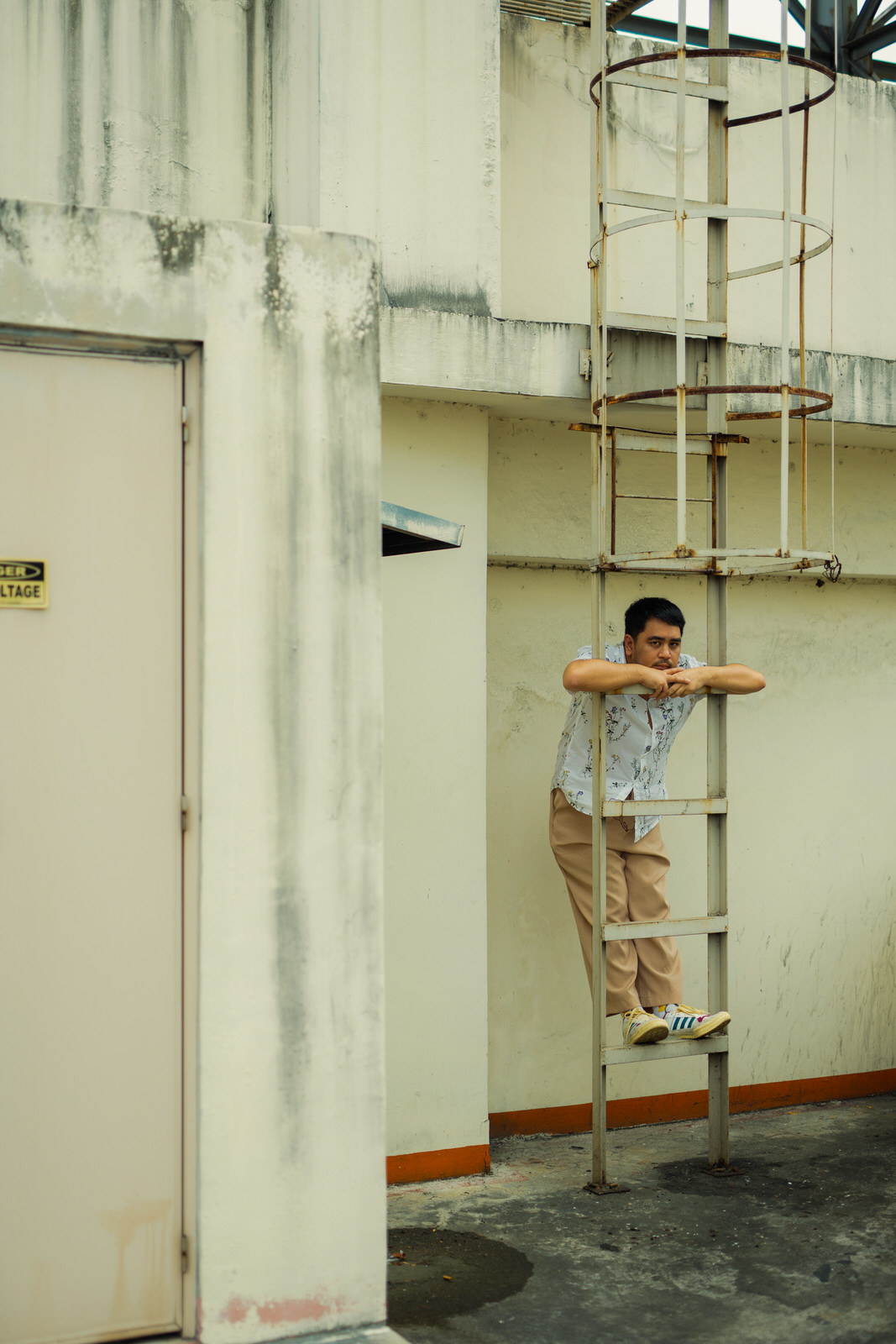
Do you feel like there’s an element of sensuality or maybe eroticism that you tried to infuse into the story, especially with the relationship between Anna and Agatha?
There’s a lot of readers that say eroticism is a big factor. Or at least it depends on the reader. Yeah, some definitely see into that. But again, me, I’m male presenting even though I’m a gay person and I’m writing about women. So I’m trying to be careful with: how do I present high school girls without sexualizing them?
How do you feel like the medium of comics allows you to explore the genre of horror as a storyteller?
Honestly, it’s difficult to make comics into something scary. Of course, Junji Ito does it well. I mean, a lot of horror relies on sound. A lot of it relies on timing. How do you do that in comics?
In the book, I’ve wasted a lot of paper because there’s a lot of vacant space, right? But you have to do that to pace the reader. But on the other hand, the good thing is you can say a lot more than movies or videos. With comics, it’s a relationship of text and image. This enriches the characters not just as victims of the scare, but their humanity becomes emphasized.
We talked about horror. Now let’s talk a bit about the horrors and delights of being an independent publisher.
The good part for me is that I have the freedom to put out what I want. My only filter is what I want to show instead of having someone else tell me. Because when you’re releasing under a publisher, they will tell you, “Make it more marketable.” So freedom in design and content are the pleasures of it. And I don’t have to wait or pitch all the time. I didn’t have to put myself in a position at the mercy of a larger power. It’s just me at home with my printer. And of course, the profit is all mine.
Although sadly, when you’re independently publishing, you still rely on other powers like organizations that hold events. Or you have to do all the work yourself and the publishing is a hassle. You don’t really have much support.
Still, I like the power in independent publishing. Also, especially in the Philippines, the difference between independent publishing and groups isn’t that big. But I don’t see self-publishing or independent publishing as a lesser form of distribution.
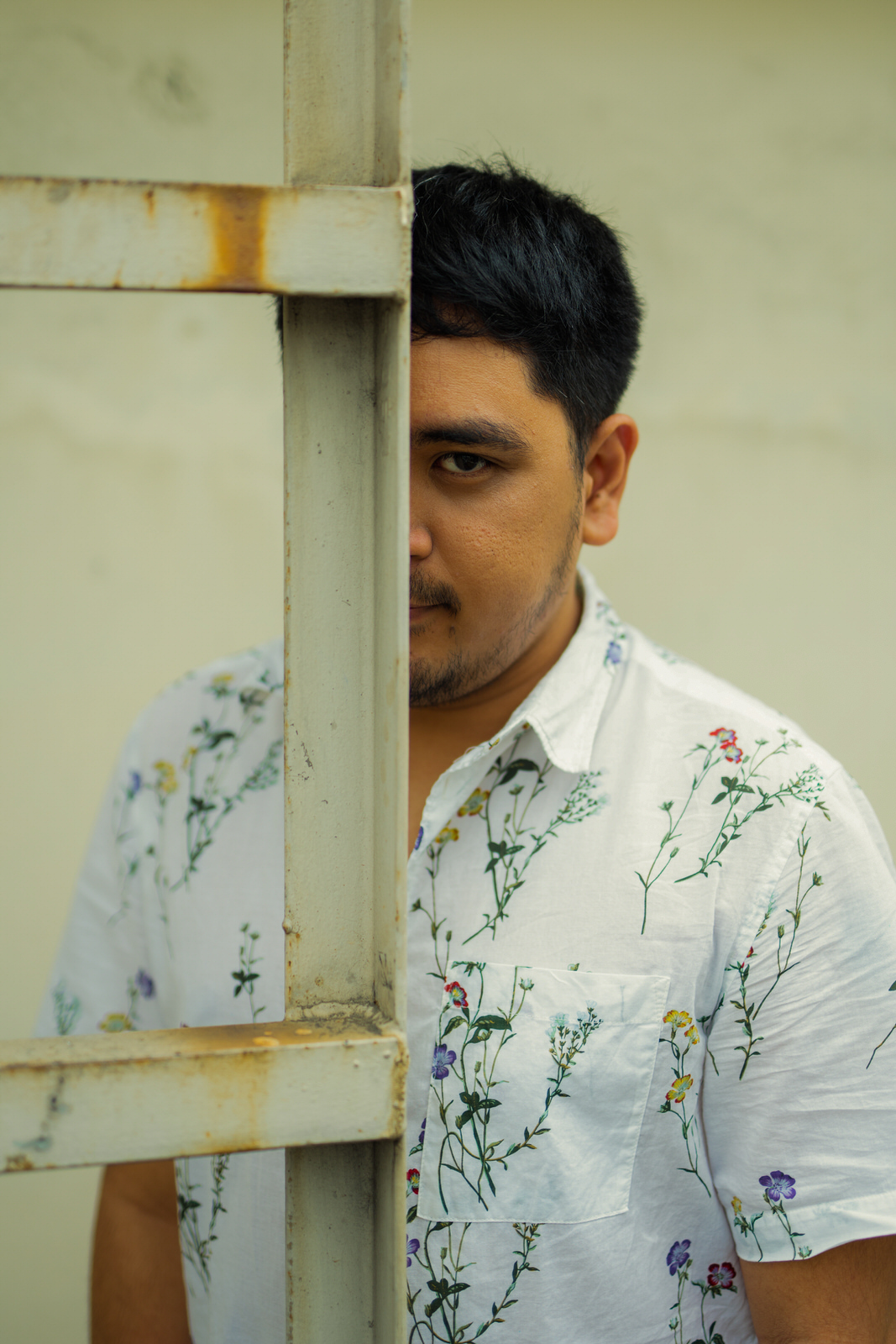
Would you say it’s been worth it so far?
Yeah, it’s been worth it. Every once in a while, I get a message from a person who says my work resonates with them or they feel a connection to it. Sometimes I will post a comic strip and I’ll get a message like, “I really needed to hear this.” Stuff like that. So I think when you realize it kind of contributes to other people’s days or lives, yeah, I think it’s worth it. But financially, not really so much.
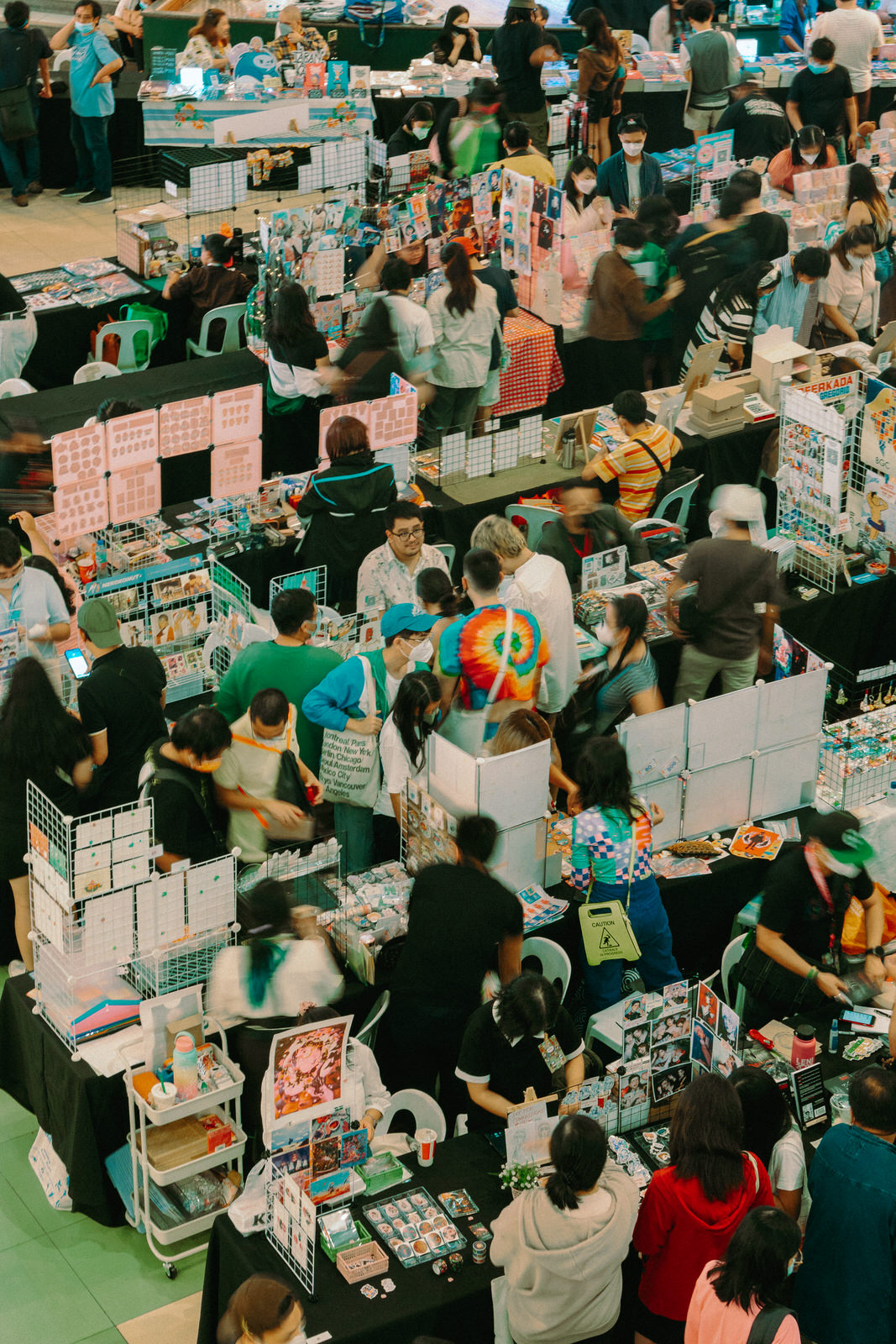
Lastly, do you have any advice for artists, writers, aspiring publishers who want to follow similar paths like yours? You talked about the difficulties. What advice would you give to them in navigating those?
Be self-critical of your work. Look at your works from different angles, from different perspectives. Because I feel like some people, they seek validation too fast. You have to learn to wait. I guess the fastest way to see it is, look at your work through different points of view. See it from an outsider’s perspective.
You have to make your way between what has already been done. It’s like an obstacle course. It will sound weird, but you have to be strict with yourself. Because everyone will tell you you’re good, you know? But are you satisfied with drawings where the eyes aren’t level, or One Piece/Dragonball comic ripoffs? Hasn’t anyone told you how bad that is? If you’re not hearing negative comments from others, it has to come from you. If you want your work to be respected at a higher standard, you have to admit that you’re still lacking in some areas.
Looking ahead
Electromilk has future plans for both Ang Manananggal and more works. Wherever his career may take him next–more publications, fairs, events, bookstores–everything boils down to a simple goal:
“I want to write more stories. I want to tell stories. I think I’ve gotten past the point of trying to draw well. I don’t want to be a great artist, great illustrator. Because it’s too subjective. I want to be a good storyteller, a good writer. When people compliment me with, “I love how you write,” that’s the thing I want to hear the most.”
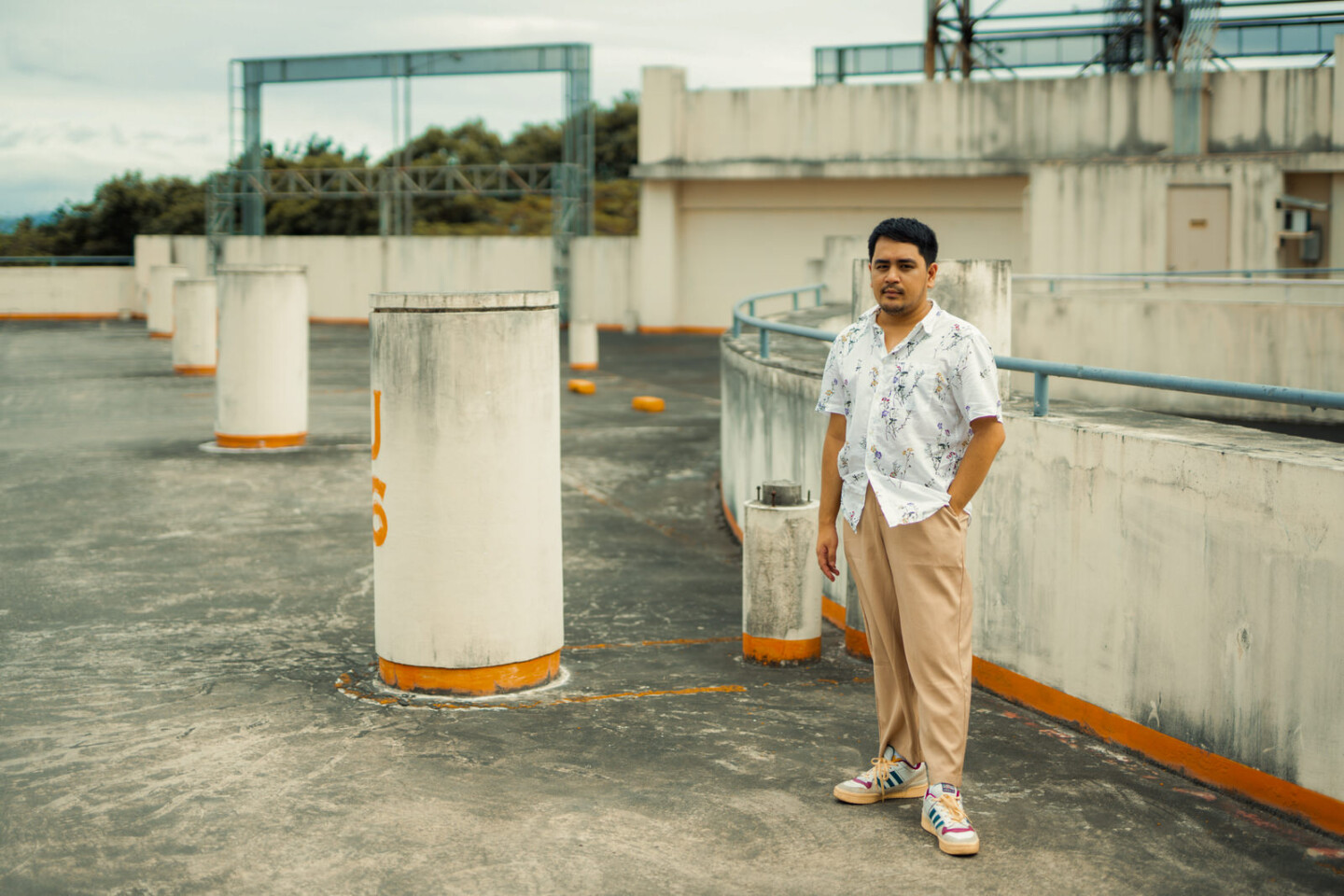
CREDITS
WRITER Mara Fabella
PHOTOGRAPHER Zaldine Alvaro
EDITOR Tricia Quintero
PHOTO EDITOR Marvin Conanan
SUPPORT PURVEYR
If you like this story and would love to read more like it, we hope you can support us for as low as ₱100. This will help us continue what we do and feature more stories of creative Filipinos. You can subscribe to the fund or send us a tip.

